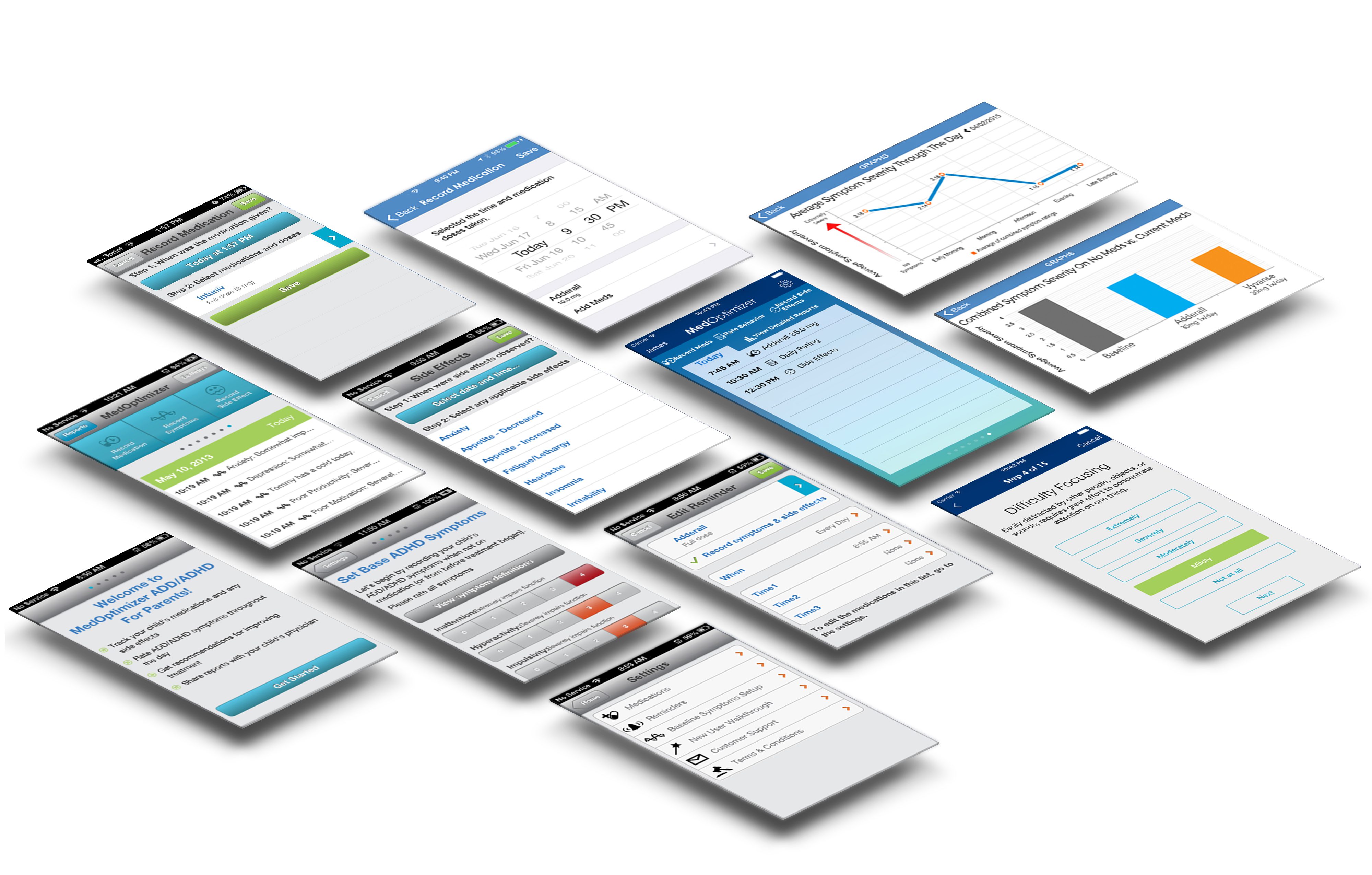
Article
5 Keys to Integrating UX Design With Agile for SaMD
This post was previously on the Pathfinder Software site. Pathfinder Software changed its name to Orthogonal in 2016. Read more.
Academic research is incredibly inefficient when it comes to producing products and services. Grad students, post-docs and professors work on “problems” that some collection of graybeards has deemed “interesting.” Their “solutions” — sometimes successful, sometimes not — are published as research and then, occasionally, if the stars align, is turned into a product or service through the application of venture capital via a startup.
The only thing less efficient in producing innovative products and service is the corporate R&D department. In most places you have a phase-gate process (waterfall under a different name) of conceptualization, feasibility testing, definition/specification, development and launch. They are typically bloated, bureaucratic monstrosities with huge documentation requirements and endless committee meetings that do more to stifle innovation than promote it.
There is a way, however, of applying Agile principles to the concept phase, and it relies on two of the basic tennets of Agile: failing fast and self organizing teams.
Failing Fast
Fast also means cheap (time is money, etc.). If with the expenditure of $1,000 and three days I can tell you with 50% certainty that a particular idea is any good, or I can spend $50,000 and 3 weeks and tell you with a 80% certainty whether a particular idea is any good, which process would you prefer? If your budget for developing new ideas is $250,000, then you’ll be able to test 5 ideas in the $50,000 case, and 250 ideas in the $1,000 case.
If you have a low yield on your ideas, i.e. few of them look good after vetting, then two things happen. First, you’re really rolling the dice on coming up with a decent idea for taking the next step into feasibility testing. Second, since so much is riding on a few decisions, the organization “clenches” and pressurizes the decision making process. That’s not a good recipe for wise decision making.
Self Organizing Teams
If you practice top-down management throughout your business, you are going to create a class of passive, dependent employees. It would not occur to them to come up with business and product ideas for your business. Funny thing, though, any 1000 employees, properly motivated and harnessed are smarter than any single CEO.
The key to unlocking this potential is empowering these employees to take initiative. We think self organizing teams — teams that are given the responsibility and authority to organize and manage their own work as a unit rather than receiving it from a manager — are an excellent way to empower your workforce. Another way to put this is “give them problems, let them come up with the solution.” Implement this management pattern throughout your organization, and you have the beginnings of that creative workforce that can help you innovate.
Publish Problems, Welcome Solutions
There is room for experts in all of this: have them define the key problems that your organization faces. We need a way to reduce our shipping costs. We need a way to prevent our customers from switching to cheaper offshore competitors. We need a way to leverage new wireless technologies in our products. Publish these problems to your company (in itself a very useful business excercise) and welcome proposed solutions from all employees. Reward your employees for their suggestions. Reward them and involve them when their ideas make it past the Concept Phase.
Again, your experts can weigh in at this point in selecting the winners among the proposed solutions. We’ll get to how to do quick and agile feasibility testing in an upcoming article.
Related Posts

Article
5 Keys to Integrating UX Design With Agile for SaMD

Article
Agile in an FDA Regulated Environment

Article
Orthogonal Obtains Medical ISO 13485 Certification

Article
Applying Agile in a Quality Management System